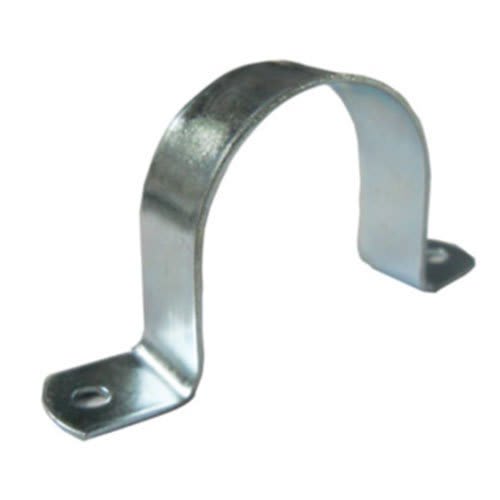I am required to check a fatigue life for a connector holding two parts under an acceleration in mini seconds. I wonder if this should be HCF?
I have done HCF and LCF for other product, call it A, but the load condition is different. Product A experiences Temperature, Pressure and Acceleration. For product A HCF, the acceleration is high inertial force, XX G.
Since the connector is under high G shock, I wonder if I should consider HCF? Is Goodman diagram the only approach for HCF? I only have experience using Goodman for HCF.
But, how do I construct the alternating stress? The connector is under random vibration as normal condition.
Thank you!
I have done HCF and LCF for other product, call it A, but the load condition is different. Product A experiences Temperature, Pressure and Acceleration. For product A HCF, the acceleration is high inertial force, XX G.
Since the connector is under high G shock, I wonder if I should consider HCF? Is Goodman diagram the only approach for HCF? I only have experience using Goodman for HCF.
But, how do I construct the alternating stress? The connector is under random vibration as normal condition.
Thank you!

